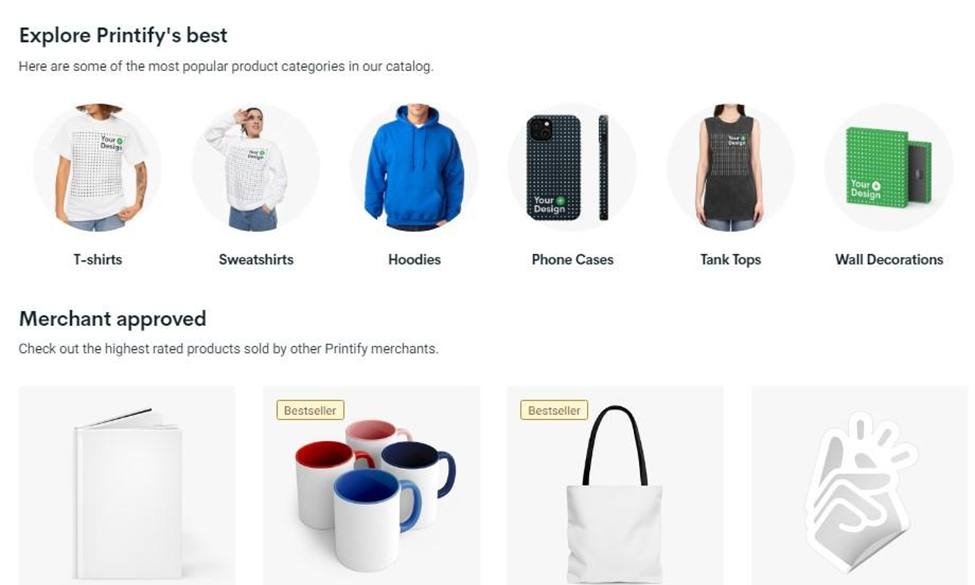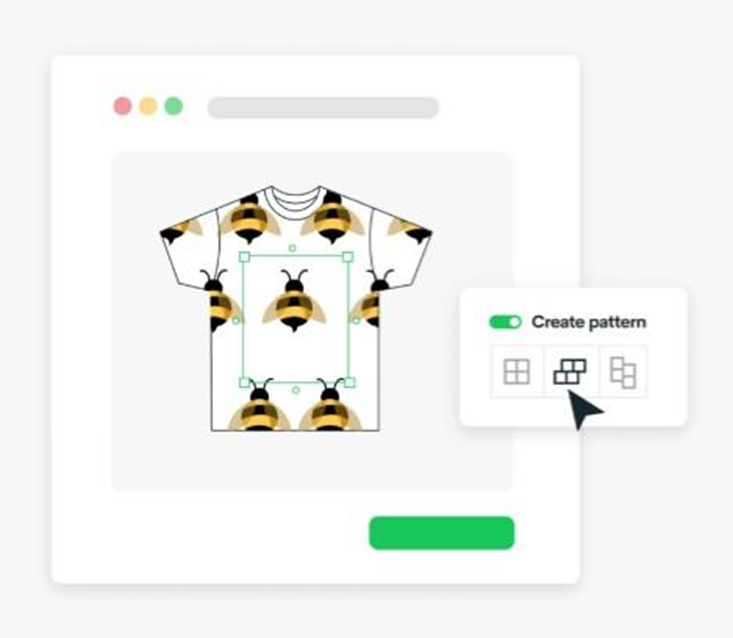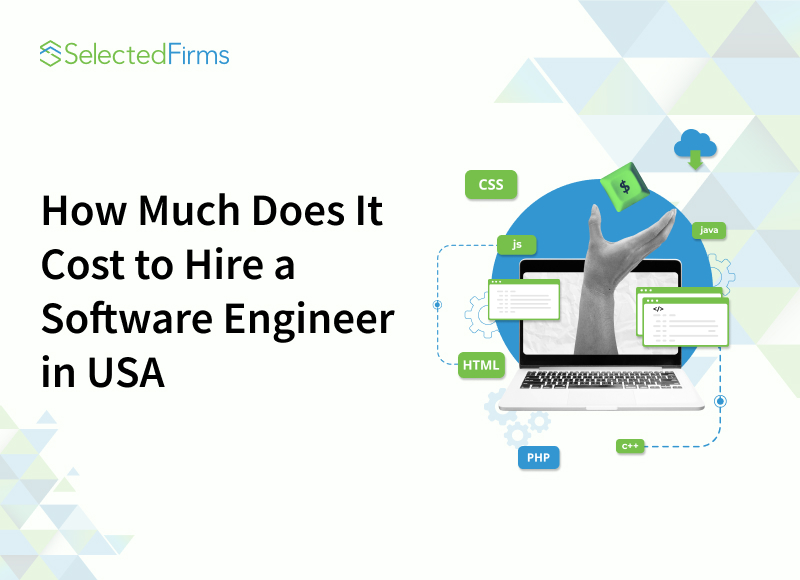Table of Contents
Learn the art of creating a prosperous eCommerce brand with POD and elevate your business to new heights.

Are you considering starting an online business on a limited budget while raking in a decent passive income? Well, you're in luck!
Enter the world of Print On Demand (POD), a sales model that's making waves in e-commerce. You may kickstart your venture from anywhere worldwide with minimal time and financial investment.
In this post, you’ll learn how to craft a thriving e-commerce brand through POD, offering a step-by-step roadmap for your journey. So, let's dive in.
What Is POD and How Does It Work
The Print On Demand (POD) business doesn't burden you with holding and managing inventory like traditional retail businesses. Instead, you work with a third-party vendor who takes charge of inventory, production, and delivery processes.
Wondering how? Here's the step-by-step breakdown:
-
Choose the products you want to sell: It can be anything, from custom hoodies to coffee mugs and phone cases to baby blankets.
-
Select a POD vendor: Sign up on a POD platform and unleash your creative prowess to design your products.
-
Establish your e-commerce website: Integrate it seamlessly with your chosen POD platforms and showcase your products to the world.
-
Vendor prints and ships it: Your customers place orders on your website, triggering the vendor to print the personalized designs from his/her inventory. Once printed, the vendor dispatches the item to the customer directly.
-
Earn revenue: Pay a small commission to the vendor and keep all the remaining money for yourself.
Pick the Right POD Platform
Navigating through many Print On Demand (POD) platforms can be a tad perplexing. However, your vendor is your partner, and selecting one carefully will contribute to a flourishing e-commerce brand. Here are key factors to consider during the selection process:
1. Product Quality
Opt for a POD platform that provides top-notch product quality. Some platforms specialize in specific products, such as custom t-shirt, sweatshirts, phone cases, home decor, etc. You may order a product sample and check the quality before you partner with your potential POD provider.

2. Budget clarity and vendor pricing
Different POD platforms come with varied pricing, so take the time to compare the base prices. Choose a provider that fits your:
- Budget,
- Pricing strategy, and
- Target audience preferences.
3. Delivery logistics
Print-on-demand products usually take longer to deliver since they’re made on demand. If you plan to ship locally, find a local provider. If you want to ship internationally, check for providers accordingly. Compare your options based on how long they take.
4. Customer Support
A dedicated support system is non-negotiable. Choose a POD platform offering robust customer support to assist your queries. Check seller reviews for insights into their customer service.
Create Designs for Your Products

Crafting stellar product designs is the cornerstone for attracting more buyers. It's one of the first things that captures the customer's attention.
Start by brainstorming trendy design ideas tailored to your products and target audience. For instance, if you're venturing into fan merch, research the designs that resonate with your audience and create something aligned with their preferences. Here are some tools that can assist you in generating cool designs:
1. Canva
Canva is a popular graphic design tool amongst people who are not professional designers. It is user-friendly and has several pre-made, eye-catching designs, making it ideal for beginners and non-designers. Choose from their diverse designs to find what resonates best with your target audience.
2. Adobe Illustrator
Adobe Illustrator, part of Adobe's Creative Cloud Suite, stands out as a potential tool for design. While it’s a bit difficult to use for inexperienced designers, there are a lot of YouTube resources to help you with it. Illustrator is ideal for crafting shape-based designs, creating visuals that can be scaled up or down without compromising quality or resolution.
3. Placeit
Placeit boasts an extensive collection of ready-made design templates. It provides a hassle-free customization experience for those with limited design expertise. Simply create an account, browse the designs, and customize with texts, images, icons, or anything you fancy.
Think About Optimization of Your Store
Now that you have the solution to design, it's time to fine-tune your store for maximum reach. Here are some optimization techniques to amplify your online presence:
1. Optimize the look
Your online store must have a professional appearance for your target demographic. Invest some effort into adjusting your current website template to make it eye-appeasing and easy to use and navigate.
2. Ensure your website loads at lightning speed
Slow websites are a turn-off and can spike your bounce rate. Opt for:
- a reliable hosting platform,
- leverage webpage caching, and
- minify CSS, JavaScript, and HTML
3. Perform Competitor Analysis
Check where you stand against your competitors. Competitor research will help you understand what competitors are offering and how they market it. You can also use web crawlers to gather competitor data, but it's important to work with a professional to address HTTP 403 errors or other issues that may arise during the process.
4. Use high-quality images
E-commerce customers rely heavily on the images you use. Use high-resolution photographs so people can see finer details when they click on them. Choose your finest photograph to serve as the thumbnail for the catalog, and consider using a photo editor to make any minor adjustments like cropping or balancing the colors.
5. Make contact information easy to find
If a customer has an issue, such as a missing shipment or damaged goods, make it easy for them to contact you. Doing so will let you keep them as a loyal customer for a long time. If anything goes wrong, they need to know you'll be there to help them out.
6. Introduce a blog page to your website
You may share captivating, SEO-friendly articles aligned with your niche. This not only adds value but also attracts more users to your site. Do proper keyword research and find relevant topics to write about.
Create A Marketing Plan
A thriving e-commerce venture doesn't just happen; it requires a well-crafted plan to bring in customers. In the dynamic realm of e-commerce, a well-calibrated marketing plan is your compass. If you want a solid marketing plan, consider these tips to set you on the right track:
1. Audience Insight
Success hinges on understanding your audience. Dive deep into your target audiences and find out their:
- Preferences,
- Shopping haunts,
- Social media stomping grounds, and
- Willingness to invest in your products.
Your goal is to address the pain points and build the willingness by disseminating content on the right communication channels.
2. Data-Driven Marketing
Use social media platforms like Facebook and Google to showcase your products. They have built-in data and analytics to help you understand what content does better and why. Make decisions based on the insights gathered.
3. Build an Email Empire
Don't underestimate the power of email marketing. According to studies, 80% of businesses use email marketing for customer retention, and you should too! The key to the success of email marketing is the email list. Use a CRM to construct an email list and gather addresses from website visitors. This expands your subscriber base and opens the door for future commercial communications.
4. Learn, Optimize, Persist
A successful marketing plan is iterative. Embrace a practical approach should:
- Acknowledge failures
- Optimize strategies and
- Keep pushing forward.
Each setback is a lesson, not a roadblock. Learn and consistently refine to garner better results with your strategy.
Analyze Data and Track Key Metrics of the Results in Your Online Store
Is your marketing strategy delivering the desired results? Are your products generating enough revenue for your business to be successful? You can't simply say yes or no to answer these questions. You must measure verifiable data to measure your performance.
Monitoring hundreds of variables that don't significantly affect your e-commerce store's long-term performance will be typically pointless. It would be best to determine which metrics have the most significant influence on your business's objectives as a whole. Here are five metrics you must monitor to understand your online store's success:
1. Conversion Rate (CR)
Converting visitors into buyers should be your ultimate objective in marketing. The conversion rate is calculated by dividing the number of users who completed the desired action by the total number of users exposed to the opportunity to take action. Conversion rates indicate the effectiveness of content. If you have a low conversion rate, it means your content can't persuade people to take action.
2. Customer Retention Rate (CRR)
The CRR e-commerce data evaluates how well you retain clients after you've acquired them. E-commerce thrives on loyal returning consumers. Existing customers are considerably more cost-effective than acquiring brand-new ones. Something needs to be fixed with your products or client relationship strategy if you lose clients faster than you gain them.
3. Cart Abandonment Rate
The cart abandonment ratio is calculated by taking the number of completed checkouts for a certain period and dividing it by the number of carts filled at that time. This KPI should be monitored to detect problems and enhance the user experience. If your shopping cart abandonment rate is high, something isn't right with your checkout process. Users may find it long and complex, face payment security concerns, or don't like that there's no guest checkout.
4. Average Order Value (AOV)
To boost your revenue, you will likely prioritize using marketing strategies to sell more efficiently to your clients via cross-selling, upselling, and bundling. The average order value (AOV) lets you see how much money buyers spend with a single purchase.
5. Customer Lifetime Value (CLV)
One of the worst marketing moves you can do is focus only on making a single sale to the customer. CLV is a holistic measure that considers the whole picture. It evaluates clients based on the lifetime value of the money they will provide for your business. Fostering meaningful connections with your clientele is important to keep from throwing away cash on customer acquisition as your e-commerce firm expands. A high CLV will be a reflection of those efforts.
Several other indicators may be used as weapons in the fight against performance slumps. Here are three things to ask yourself while attempting to narrow down the list of potential metrics to monitor for your business:
- How much would my business be affected if this measure were to shift?
- Will boosting this metric help me accomplish my long-term business objectives?
- Does this statistic have the potential to improve other metrics as well?
Use the information from your e-commerce metrics and KPIs to refine your products, website, marketing efforts, and customer relationships.
Scale Your Brand with POD
You've followed our advice and are making money with print-on-demand; now what?
If you want to grow your print-on-demand company more quickly, one of the quickest ways to do it is to outsource the tasks you dislike or aren't very skilled at. If outsourcing is foreign to you, allow us to tell you what responsibilities you may delegate.
- Designing: We mentioned earlier that you may hire design professionals if you aren't good at designing. Consider hiring full-time designers or even freelancers to ramp up your design process.
- Virtual Assistance: A lot needs to be done between developing and marketing designs. The ideal method to free yourself from these duties and expand your print-on-demand company is to hire a virtual assistant. For example, you may engage remote virtual assistants to save time on menial activities like keyword research and data input.
- Social Media Marketing: Social Media Marketing requires keeping up with trends, following a schedule, and creating and posting consistently. It's time-consuming and can be a lot for a novice individual. Consider hiring a social media marketing team who might have individuals to create content and manage your profiles.
- Content writing: Maintaining a blog to boost your SEO? Blogging can take up hours of your day, which includes finding ideas, structuring, writing, proofreading, and whatnot. Scout for a content writer with SEO knowledge to help you out. You may contract with freelance writers from several platforms, such as Upwork, dribble, and more.
Conclusion
A print-on-demand company is rewarding and lucrative when you start with proper strategy and execution. Pick a reliable print-on-demand vendor who can match your commitment to your clients. Understand your target audience well before you pick items, create designs, and plan your marketing strategy. Remember– if you want success, you must aim to provide a top-notch customer experience with your products and website.









